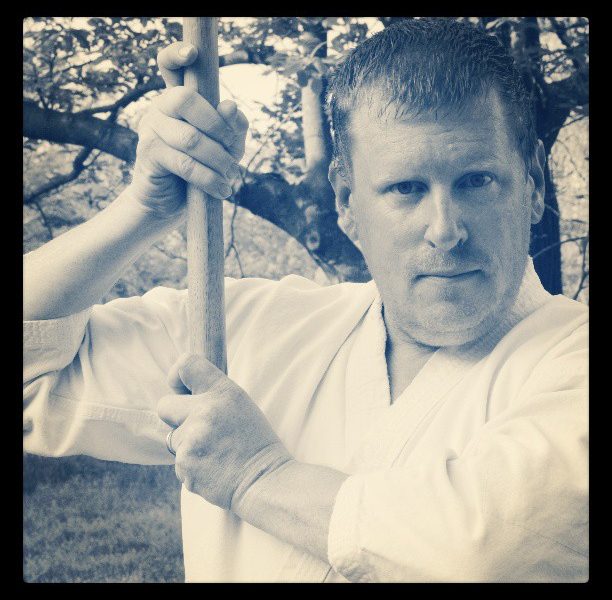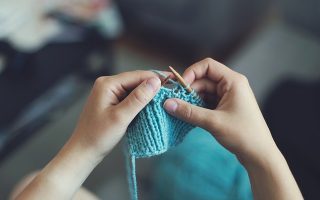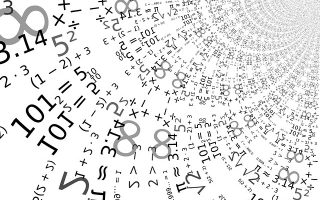This is an edited version of an article that I wrote for the Aikido World Alliance newsletter in the Fall of 2013.
As far as I know, Malala Yousafzai has never studied Aikido. Ms. Yousafzai is the Pakistani teenager who, while advocating for the education of girls in the Swat valley, was shot in an attempted assassination. After being shot in the head and recovering, she has gone on to become a global advocate for the rights of women and girls. In doing so, she is directly challenging the social order of the Taliban.
In this post I want to make a point about weapons: that they are not simple tools. This is part of a larger argument that objects in our world are not neutral–they influence our decisions. I argue that, in order to change the way we think we need to have an accompanying change in the material world, and simultaneously that in order to change the material world we need to change how we think.
I take a broad definition of social order to mean the relationships between people, places, ideas, and objects. A given social order is about power relations—who has it, under what conditions, and who doesn’t. Not power in the usual martial arts sense, but as in who has the legitimate capacity to shape the social order directly, and who is coerced into action or inaction.
People are not alone in shaping specific social orders; we invest a certain amount of that power into objects or fetishes. A fetish here is a cultural object that contains, reflects, and maintains a particular social order. It can be a statue, a piece of clothing, a badge, or any other object. A crown, for example, reflects a social order. At the same time, the act of wearing a crown reinforces that order, and the crown commands respect even when it is not being worn. I argue that weapons can serve a similar function.
A weapon is not simply a tool for maintaining social order—it is culturally and socially a thing with its own life.
In Aikido we tend to focus our attention on the threat of physical violence. When approached by an armed attacker, we enter and/or blend with the attack to neutralize whatever weapon is in play. When Malala Yousafzai was attacked, she chose a passivist response, but in one way she disarmed the attacker more effectively than many aikidoka—by rejecting the social order that was culturally embedded within the gun, she effectively de-fetishized the weapon and turned it into a mere object.
In this case (and, I argue, in many others) the threat or use of violence with a weapon is not just an attack: it is a statement supporting or rejecting a specific social order. This was the case with Ms. Yousafzai—the attack was intended to reinforce the Taliban’s ideas of power and gender. It is the case when police or other citizens use weapons in defense. The weapon serves to maintain order even if it is never seen, spoken about, or implied. The idea of the weapon is enough. In the US and many other locations, the weapon is the official and legitimate means of both highlighting and reinforcing the current social order.
It is also the case when weapons are used illigitimately. From a cultural perspective, the fetishized weapon is still being used in a consistent way if it functions to establish, change, or maintain a particular social order. An armed robbery, then, is a case of a weapon being used to rearrange the relationship between people, money, or other things and establish (even temporarily) a new social order. An unarmed robbery functions in a similar way; the thought that there might be a gun or knife is enough to rearrange the momentary order. In these cases, though the specific actions of a “criminal” are illegitimate, the weapon is still being used in a culturally consistent way. It is even the case if a weapon is sitting alone on a table: when you see it the potential for breaking, re-arranging, or defending the existing order opens up. Like a crown, the gun shapes society even when it is not wielded.
In Aikido, new students often flinch or express fear when confronted with weapons practice. If threatened with a plastic bottle instead of a wooden knife, the reaction may be completely different. From a self-defense perspective I think it is important to think of the weapon simultaneously as a tool and as a set of social relations. As aikidoka, it is important to de-fetishize weapons, to make them into simple objects that we can deal with in an immediate fashion. At the same time, focusing on the weapon only as a tool gives it legitimacy. In other words, the attacker acted illegitimately but the weapon itself is still a power-object. To return to Ms. Yousafzai’s example, her work after her recovery is so powerful precisely because she rejected the entire idea of a gendered social order that was embodied within the gun.
Where does this leave us in terms of weapons? They aren’t just tools; they are material markers of identity, steps in rites of passage, and they embody both real and imagined social orders. If we want to restrict the physical presence of weapons, we need to reorder our social relations to them—to make them into something more like “mere objects.” At the same time, since weapons are currently the legitimate vehicles for indicating, shaping, and restructuring the larger social order, they need to be replaced by other institutions. If weapons are to become mere objects, we need to work within our communities to develop alternative practices that will allow social relations to be continually exposed, maintained, and sometimes re-organized—dynamically and collaboratively—in other ways.



